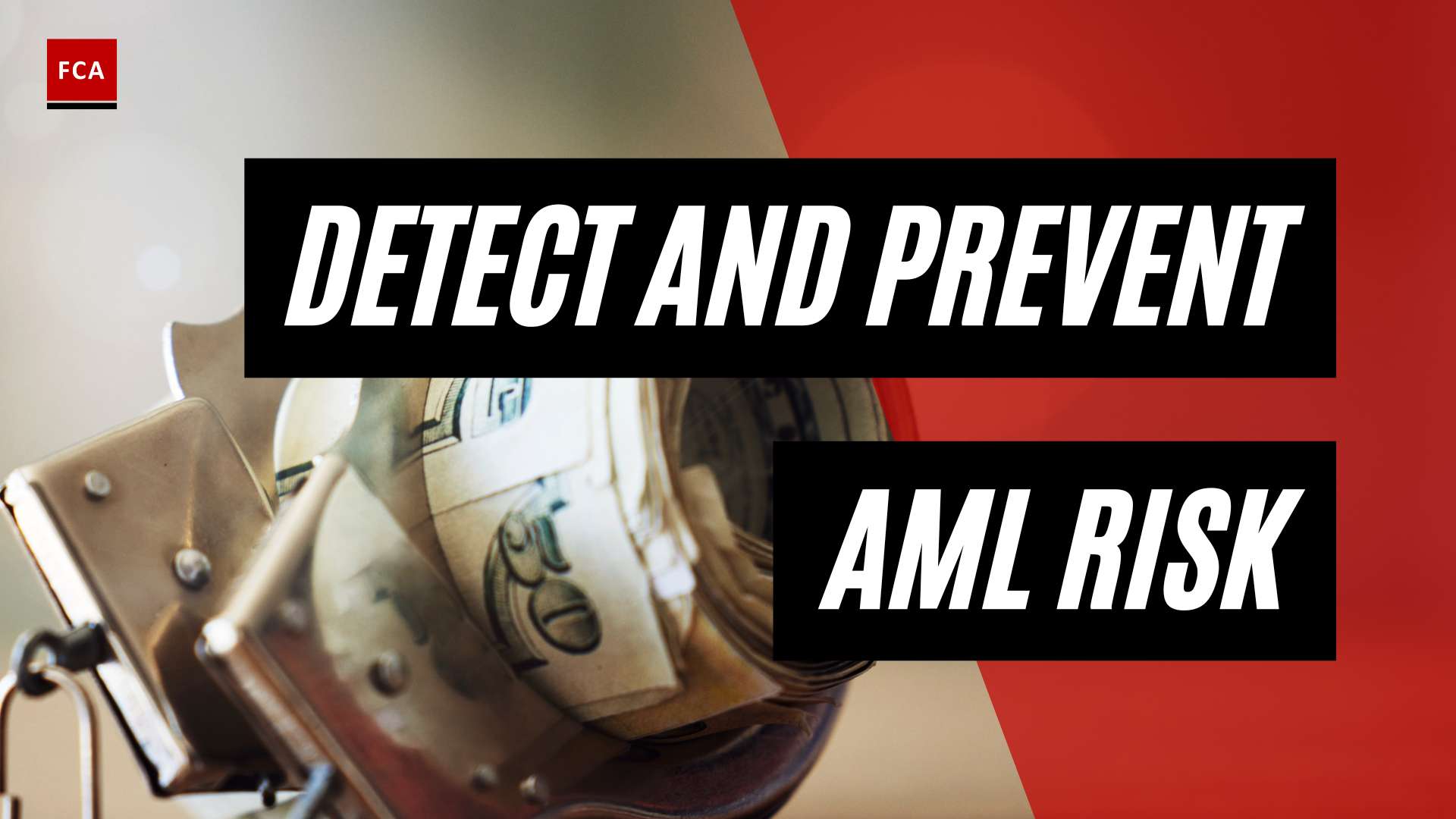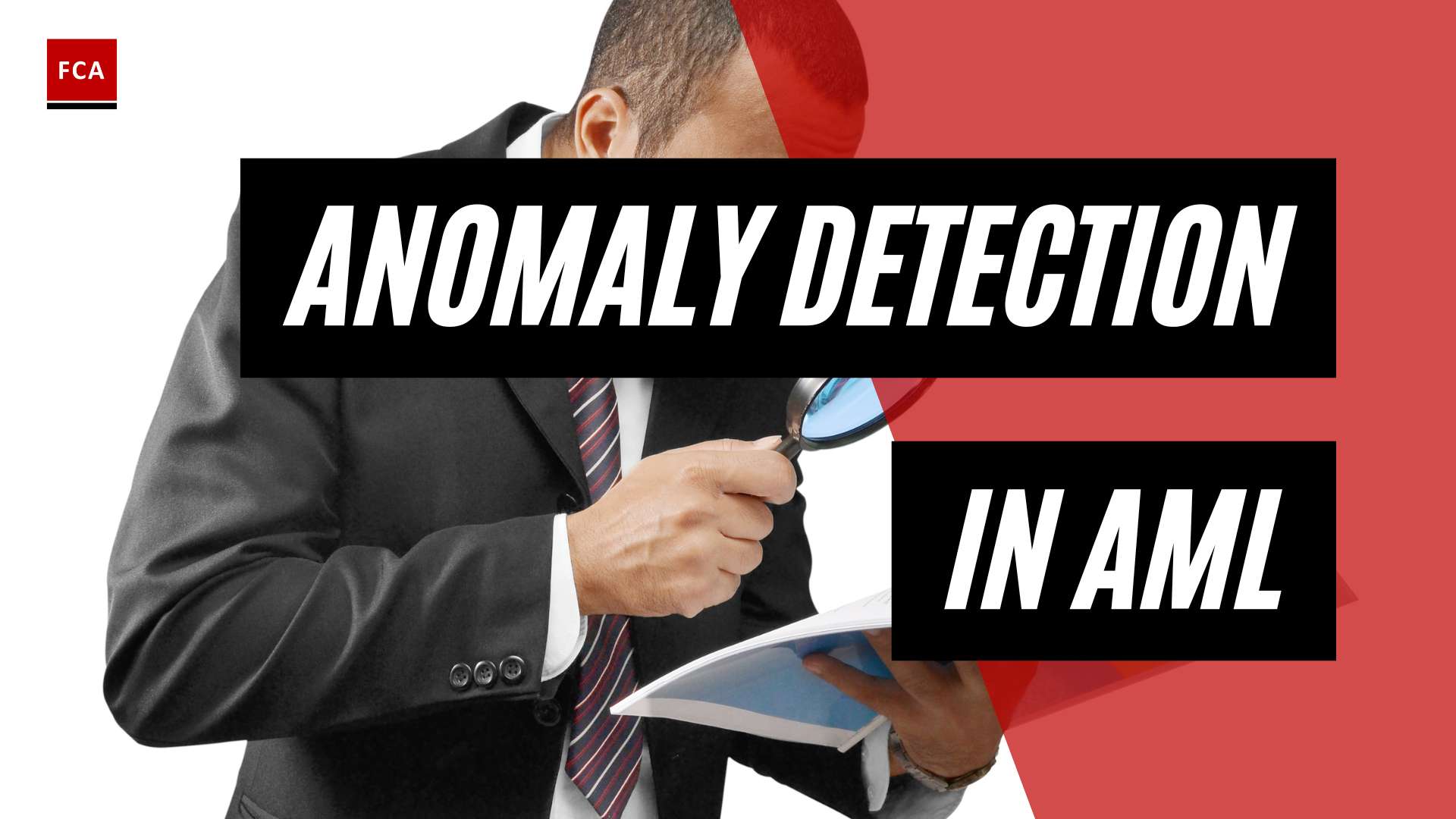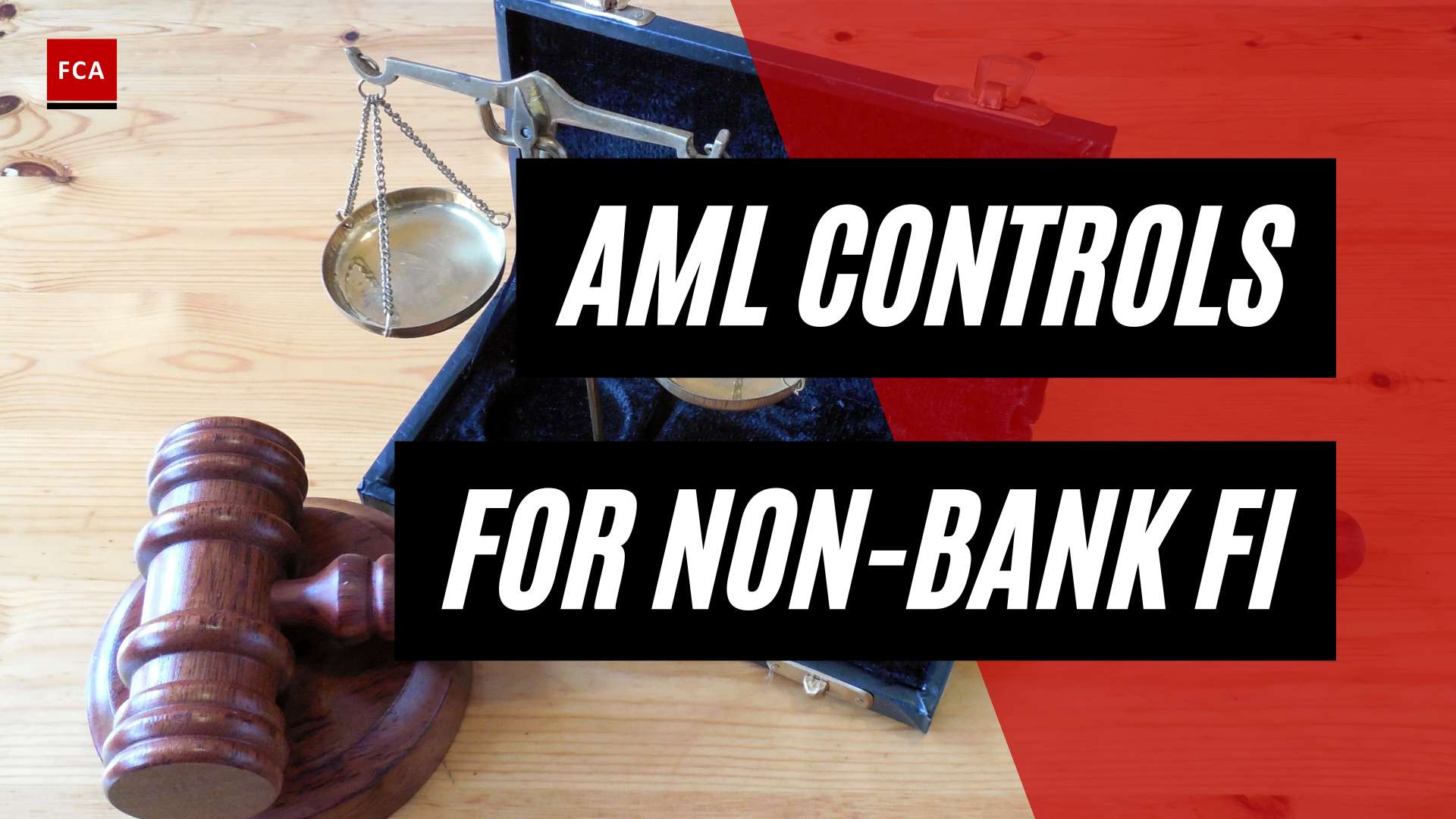Understanding AML Risk Assessment
AML risk assessment is a crucial process for organizations in the fight against money laundering and terrorist financing. By understanding and evaluating the risks associated with their operations, institutions can implement effective risk mitigation measures and ensure compliance with regulatory requirements.
Importance of AML Risk Assessment
The importance of AML risk assessment cannot be overstated. It enables organizations to identify and assess the risks they face in relation to money laundering and terrorist financing. By conducting a comprehensive risk assessment, institutions gain insights into the inherent risks associated with their customer relationships, products/services, geographic locations, and transactions.
By conducting an AML risk assessment, organizations can:
- Identify high-risk customers: A thorough risk assessment allows institutions to pinpoint customers who pose a higher risk of involvement in money laundering or terrorist financing activities. With this knowledge, organizations can apply enhanced due diligence measures and implement risk-based strategies to prevent illicit financial activities.
- Ensure compliance with regulatory requirements: Regulatory bodies, such as financial intelligence units and supervisory authorities, require organizations to have robust AML risk assessment processes in place. Conducting regular risk assessments helps institutions meet these requirements and demonstrate their commitment to compliance.
- Establish effective risk-based compliance programs: AML risk assessments provide a structured framework for institutions to understand the risks associated with their operations. This understanding enables organizations to establish risk management strategies and allocate resources efficiently to mitigate the identified risks.
Components of AML Risk Assessment
AML risk assessments involve evaluating various components to gain a holistic view of the risks faced by institutions. These components include:
- Customer Risk Assessment: Assessing the risk associated with different customer relationships based on factors such as their location, industry, business activities, and transaction patterns.
- Product/Service Risk Assessment: Evaluating the risk level of different products or services offered by the institution, considering factors such as their complexity, accessibility, and potential for misuse.
- Geographic Risk Assessment: Analyzing the risks associated with operating in different geographic locations, taking into account factors such as the country’s AML regulations, political stability, and prevalence of financial crime.
- Transactional Risk Assessment: Assessing the risks associated with specific transactions, such as high-value transactions, cross-border transfers, or transactions involving politically exposed persons (PEPs).
By considering these components, institutions can gain a comprehensive understanding of the risks they face and implement appropriate risk mitigation measures.
To effectively conduct an AML risk assessment, organizations can leverage technology solutions that offer advanced analytics and risk assessment capabilities. These solutions automate the analysis of customer behavior and transaction patterns, facilitating a comprehensive risk-based approach aligned with regulatory standards.
In the next sections, we will explore the factors involved in AML risk assessment in more detail, including the Risk Assessment Matrix, best practices for conducting risk assessments, and technology solutions available for this purpose.
Factors in AML Risk Assessment
In order to effectively assess and mitigate money laundering risks, a comprehensive AML risk assessment must consider various factors. These factors include customer risk assessment, product/service risk assessment, geographic risk assessment, and transactional risk assessment.
Customer Risk Assessment
Customer risk assessment plays a vital role in determining the potential money laundering risks associated with individual customers. It involves evaluating the customer’s profile, including their background, reputation, and transactional behavior. By considering factors such as the source of funds, nature of business, and geographic location, financial institutions can assess the level of risk posed by each customer.
Product/Service Risk Assessment
The product or service being offered by a financial institution also contributes to the overall money laundering risk. Certain products or services may be more susceptible to money laundering activities due to their characteristics or the way they are used. For example, products or services involving large cash transactions or cross-border transfers may present higher risks. Conducting a product/service risk assessment allows institutions to identify and address these specific risks accordingly (RSM US).
Geographic Risk Assessment
The geographic risk assessment focuses on evaluating the money laundering risks associated with specific jurisdictions or geographic areas. It takes into consideration factors such as the country’s legal and regulatory framework, level of corruption, presence of organized crime, and compliance with international AML standards. Financial institutions need to understand the risks associated with different geographic regions to implement appropriate risk mitigation measures and comply with regulatory requirements.
Transactional Risk Assessment
Transactional risk assessment involves evaluating the money laundering risks associated with specific transactions. This assessment takes into account various factors, such as the transaction amount, frequency, complexity, and deviation from typical patterns. Unusual or suspicious transactions may indicate potential money laundering activities. By analyzing transactional data and applying rules-based models or advanced analytics, financial institutions can identify and investigate transactions that pose higher risks (Sanction Scanner).
By considering these factors in an AML risk assessment, financial institutions can develop a comprehensive understanding of the risks they face. This enables them to implement appropriate risk mitigation measures, allocate resources effectively, and ensure compliance with regulatory requirements. A thorough AML risk assessment is a crucial component of an effective risk-based compliance program, helping organizations detect and prevent financial crime, safeguarding the integrity of the financial system (FinScan).
Implementing AML Risk Assessment
To effectively combat money laundering and terrorist financing, it is essential for institutions to implement robust AML risk assessment practices. This section will explore key components of implementing AML risk assessments, including the Risk Assessment Matrix, BSA/AML risk assessment best practices, and technology solutions for AML risk assessment.
Risk Assessment Matrix
The Risk Assessment Matrix is a valuable tool that helps institutions understand and assess money laundering and terrorist financing risks. It provides a comprehensive risk rating system, guidance, and an overall risk score. Financial institutions can use this matrix to evaluate their current risk exposure, identify high-risk areas needing attention, and make informed decisions about resource allocation for risk management purposes.
By utilizing the Risk Assessment Matrix, institutions can determine the inherent risk level associated with different elements of their business operations. This information assists in the implementation of appropriate risk mitigation measures, allowing institutions to address and manage risks effectively. It also helps institutions categorize and calibrate risks, enabling the determination of overall risk ratings and the allocation of necessary resources.
BSA/AML Risk Assessment Best Practices
In addition to utilizing risk assessment matrices, financial organizations should follow best practices when conducting BSA/AML risk assessments. These practices ensure a comprehensive and effective evaluation of the risks associated with money laundering and terrorist financing.
Some key best practices include:
- Develop a AML risk assessment methodology that is tailored to the institution’s specific needs and risk profile.
- Regularly review and update the AML risk assessment template to reflect changes in regulations, industry trends, and the institution’s risk landscape.
- Conduct thorough assessments of customer risk, product/service risk, geographic risk, and transactional risk, as outlined in the section on “Factors in AML Risk Assessment.”
- Utilize an AML risk assessment checklist to ensure all relevant risk factors are considered during the assessment process.
- Establish clear risk level definitions and scoring criteria to consistently evaluate and compare risks across different areas of the institution.
- Regularly conduct audits and reviews of the AML risk assessment process to validate its effectiveness and identify areas for improvement (RSM US).
Adhering to these best practices helps organizations enhance their risk assessment capabilities and ensure compliance with regulatory requirements.
Technology Solutions for AML Risk Assessment
Technology plays a crucial role in streamlining and enhancing AML risk assessment processes. AML risk assessment software and other technological solutions provide advanced analytics, automation, and data management capabilities that improve efficiency and effectiveness.
AML risk assessment software enables institutions to centralize data, automate risk scoring and monitoring, and generate comprehensive reports. These solutions often include functionalities such as risk modeling, scenario analysis, and data visualization, which facilitate a more accurate and timely assessment of risks. By leveraging technology, institutions can enhance the overall risk-based compliance program and align it with industry best practices (RSM US).
When implementing technology solutions for AML risk assessment, organizations should consider their specific needs and requirements. From off-the-shelf software to customized solutions, there are various options available, each offering unique features and benefits. Conducting a thorough evaluation and selecting a technology solution that aligns with the institution’s risk assessment methodology and compliance objectives can significantly improve the effectiveness and efficiency of AML risk assessment processes.
By implementing the Risk Assessment Matrix, following best practices, and leveraging technology solutions, institutions can strengthen their AML risk assessment capabilities. These measures help identify high-risk customers, ensure compliance with regulatory requirements, and establish effective risk-based compliance programs. Conducting an effective AML risk assessment involves utilizing key risk indicators, establishing risk levels and scoring criteria, and conducting regular audits and reviews to continually improve the risk assessment process.
Benefits of AML Risk Assessment
Implementing a robust AML (Anti-Money Laundering) risk assessment process brings various benefits to financial institutions and organizations. By evaluating and understanding the risks associated with money laundering and terrorist financing, institutions can proactively mitigate these risks and ensure compliance with regulatory requirements.
Identifying High-Risk Customers
An AML risk assessment helps institutions identify high-risk customers by evaluating their behavior, transaction patterns, and other factors that may indicate potential involvement in money laundering or terrorist financing activities. With the aid of Key Risk Indicators (KRIs), institutions can monitor and assess customer activities to detect suspicious behavior and take appropriate action. This targeted approach enables institutions to focus their resources on high-risk customers, enhancing the effectiveness of their AML efforts.
Compliance with Regulatory Requirements
AML risk assessments are crucial for financial institutions to comply with regulatory requirements. Regulators around the world, such as the Financial Crimes Enforcement Network (FinCEN) in the United States, require institutions to conduct risk assessments as part of their AML compliance programs. By conducting thorough risk assessments and implementing appropriate controls based on the identified risks, institutions demonstrate their commitment to combating money laundering and terrorist financing, reducing the potential for regulatory penalties.
Effective Risk-Based Compliance Programs
A comprehensive and ongoing AML risk assessment process is essential for the development and implementation of risk-based compliance programs. Risk-based AML compliance programs allow institutions to allocate resources effectively and focus their efforts on areas with higher inherent risks. By identifying and assessing risks across various categories, such as customer risk, product/service risk, geographic risk, and transactional risk, institutions gain a holistic view of the risks they face. This enables the establishment of tailored controls and procedures that address the specific risks identified, resulting in a more efficient and effective compliance program.
By conducting regular AML risk assessments, institutions can enhance their understanding of the risks associated with their operations, allocate resources appropriately, and comply with regulatory requirements. This proactive approach helps institutions stay ahead of potential money laundering and terrorist financing threats while maintaining compliance with regulatory standards.
Conducting an Effective AML Risk Assessment
To effectively manage the risks associated with money laundering and terrorist financing, conducting an AML risk assessment is crucial for organizations. In this section, we will explore key elements of conducting an effective AML risk assessment, including key risk indicators (KRIs), risk levels and scoring, as well as audits and reviews.
Key Risk Indicators (KRIs)
Key Risk Indicators (KRIs) are essential tools in the AML risk assessment process. They are specific metrics or data points that help identify and measure potential risks associated with money laundering and terrorist financing. These indicators can vary depending on the nature of the business, customer profiles, transaction types, and geographical locations.
By analyzing KRIs, organizations can monitor and assess the level of risk exposure within their operations. Examples of KRIs include the number of high-risk customers, suspicious transaction patterns, and alerts generated by transaction monitoring systems. These indicators provide valuable insights into potential risks, enabling organizations to take proactive measures to mitigate them.
Risk Levels and Scoring
In an AML risk assessment, assigning risk levels and scoring enables organizations to determine the severity and priority of identified risks. Through a risk model that calculates a risk score or rating (e.g., high, medium, low), financial institutions can assess the AML risk exposure of their customer relationships effectively. This risk score enables AML officers and business lines to understand the level of risks posed by customer activities and take appropriate actions to manage them effectively (FinScan).
The risk levels and scoring framework should be based on a thorough analysis of various risk factors, such as customer risk, product/service risk, geographic risk, and transactional risk. Each risk factor should be assigned a weightage based on its significance, and the cumulative risk score can help prioritize the allocation of resources and implementation of risk mitigation measures.
Audits and Reviews
Conducting regular audits and reviews is an essential step in the AML risk assessment process. These activities ensure the ongoing health and effectiveness of the AML compliance program. By updating policies and procedures in accordance with regulatory changes and maintaining a robust compliance culture, organizations can minimize their involvement in money laundering activities.
Audits and reviews should cover various aspects of the AML risk assessment, including the adequacy of risk identification methodologies, effectiveness of risk mitigation measures, and compliance with regulatory requirements. These assessments should be conducted by independent parties or internal audit teams to provide an unbiased evaluation of the organization’s AML risk management practices.
Regular audits and reviews also serve as an opportunity for organizations to identify any gaps or weaknesses in their AML risk assessment process. By addressing these issues promptly, organizations can enhance their risk assessment methodologies and strengthen their overall AML compliance framework.
By incorporating key risk indicators, utilizing risk levels and scoring, and conducting thorough audits and reviews, organizations can ensure the effectiveness of their AML risk assessment. This proactive approach enables organizations to identify and manage the risks associated with money laundering and terrorist financing, safeguarding the integrity of the financial system and demonstrating a commitment to compliance with regulatory requirements.








